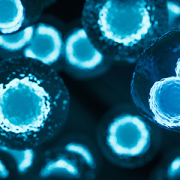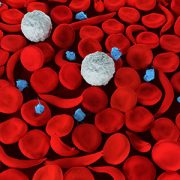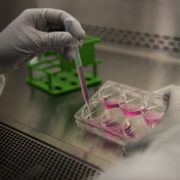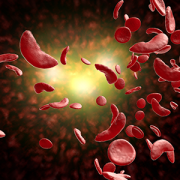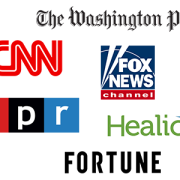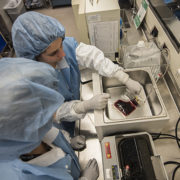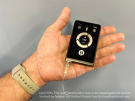How our BMT program is excelling: Q&A with David Jacobsohn, M.D.
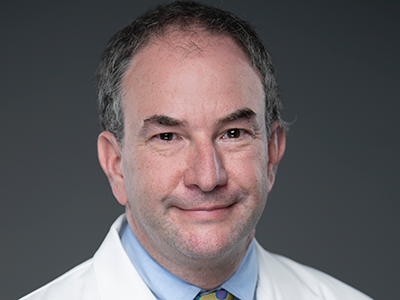
Dr. Jacobsohn has led the BMT program at Children’s National as the division chief and talks about their incredible success over the last 5 years.
Over the last five years, the bone marrow transplant (BMT) program at Children’s National Hospital has continuously improved. From decreasing transplant-related mortality to 0%, to increasing the complexity of their transplants, the program continues to succeed in providing the best care to patients and their families.
David Jacobsohn, M.D., Blood and Marrow Transplantation division chief, offers insight on the goals the program has reached, the obstacles it has overcome and the vision for what’s next.
Q: How would you describe the success of the BMT program over the last 5 years?
A: We have progressively seen outcomes improve, marked by improvement in one-year overall survival of allogeneic transplants. Contributing to that is our outstanding day 100 transplant-related mortality (TRM). For the first time ever, the day 100 transplant-related mortality, averaged over allogeneic transplants done in the last 3 years, was 0%. That means that during that time, we have not lost a patient due to transplant complications in the first 100 days. This is a remarkable achievement in the world of transplantation.
Q: How does this work move the field forward?
A: We are particularly interested in continuing BMT in non-malignant conditions, such as beta-thalassemia, immunodeficiency and sickle cell anemia. We have one of the largest programs in the country for transplantation of patients with sickle cell anemia. We have been able to offer BMT to patients with sickle cell disease (SCD) and no prior complications, as a preventative procedure. Whereas in the past, it was mostly reserved for patients that had already been severely affected.
Q: How will this work benefit patients?
A: One of the key benefits that we’re seeing is that complications such as graft-versus-host disease (GVHD) have really decreased over the last few years based on the type of medications we’re using and procedures we’re doing. Now most of our patients that are about six months out from transplant are off immunosuppression and are living relatively normal lives.
Q: What excites you most about this advancement?
A: We’re very excited about something called the Alpha/beta T cell depletion (A/B TCD) . We’re one of the few hospitals in the country offering this process.
This means we’re able to collect the donor stem cells and remove the T cells in the lab. Particularly the A/B T cells, which cause GVHD. We’re able to do this successfully not needing any medications to suppress the immune system. This is really quite novel. A lot of those medications have different side effects on organs, especially the kidneys. Now we can do transplants, even from half-matched donors, without immunosuppression.
We want to expand to more and more patients in the next three to five years so that no patients will need immunosuppression.
Q: What do you look forward to in the next couple of years?
A: In the next few years, we’re excited to venture more into cellular and gene therapy. With regards to cellular therapy, we’re offering something called CAR T cells to patients with acute leukemia. And it’s possible that this will actually replace transplant in some very high-risk leukemia patients.
We’re also looking forward to offering gene therapy to patient with SCD and beta-thalassemia.


